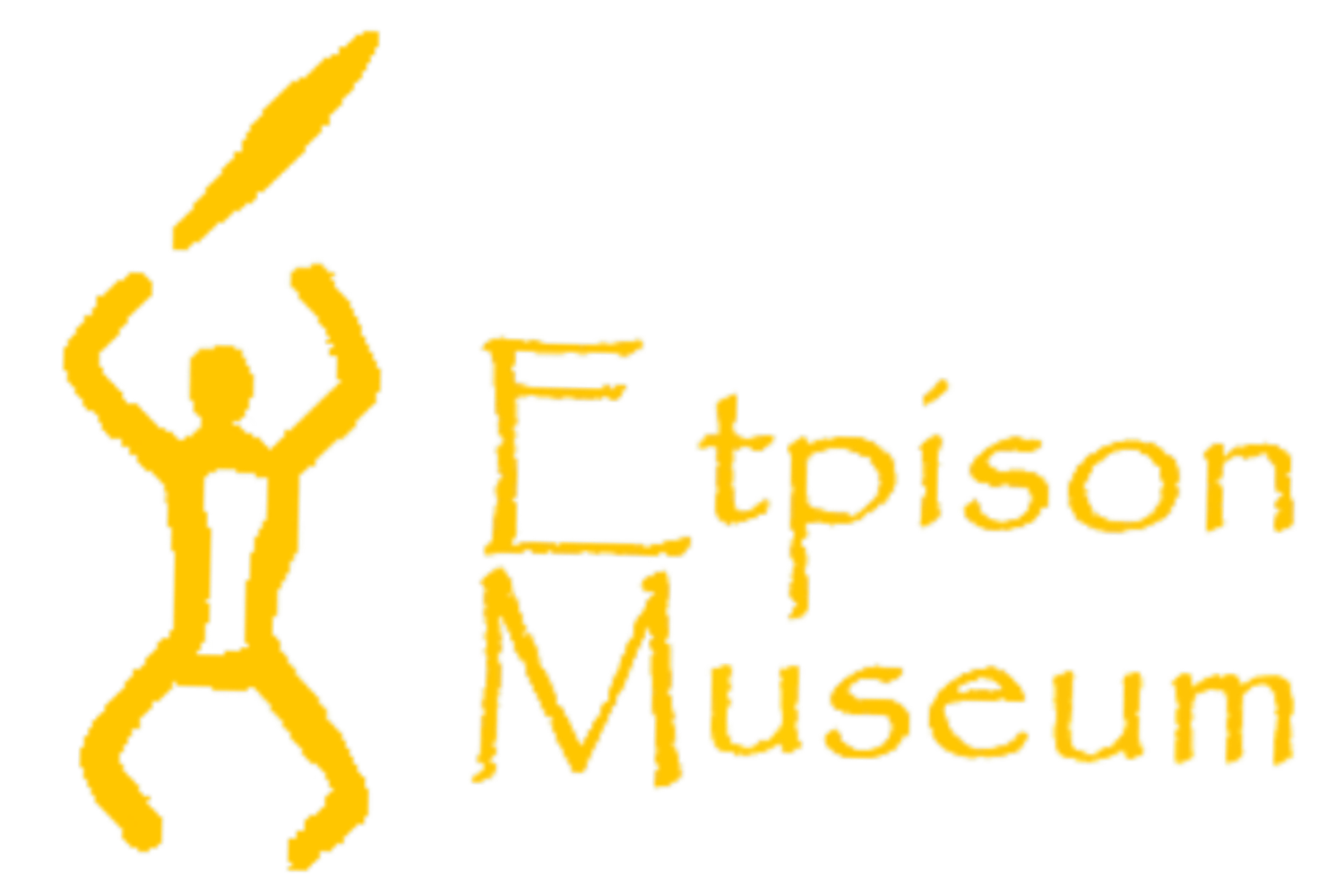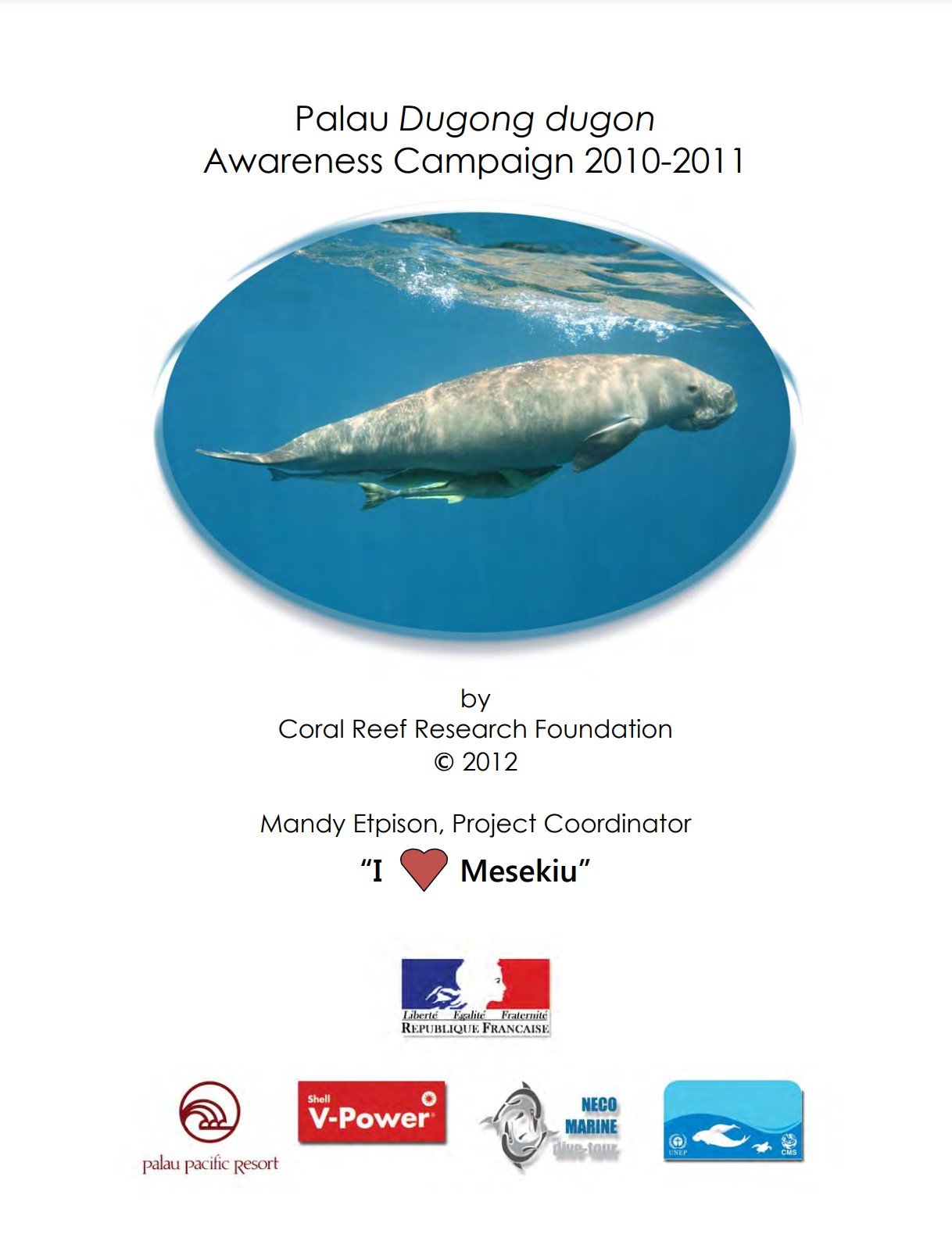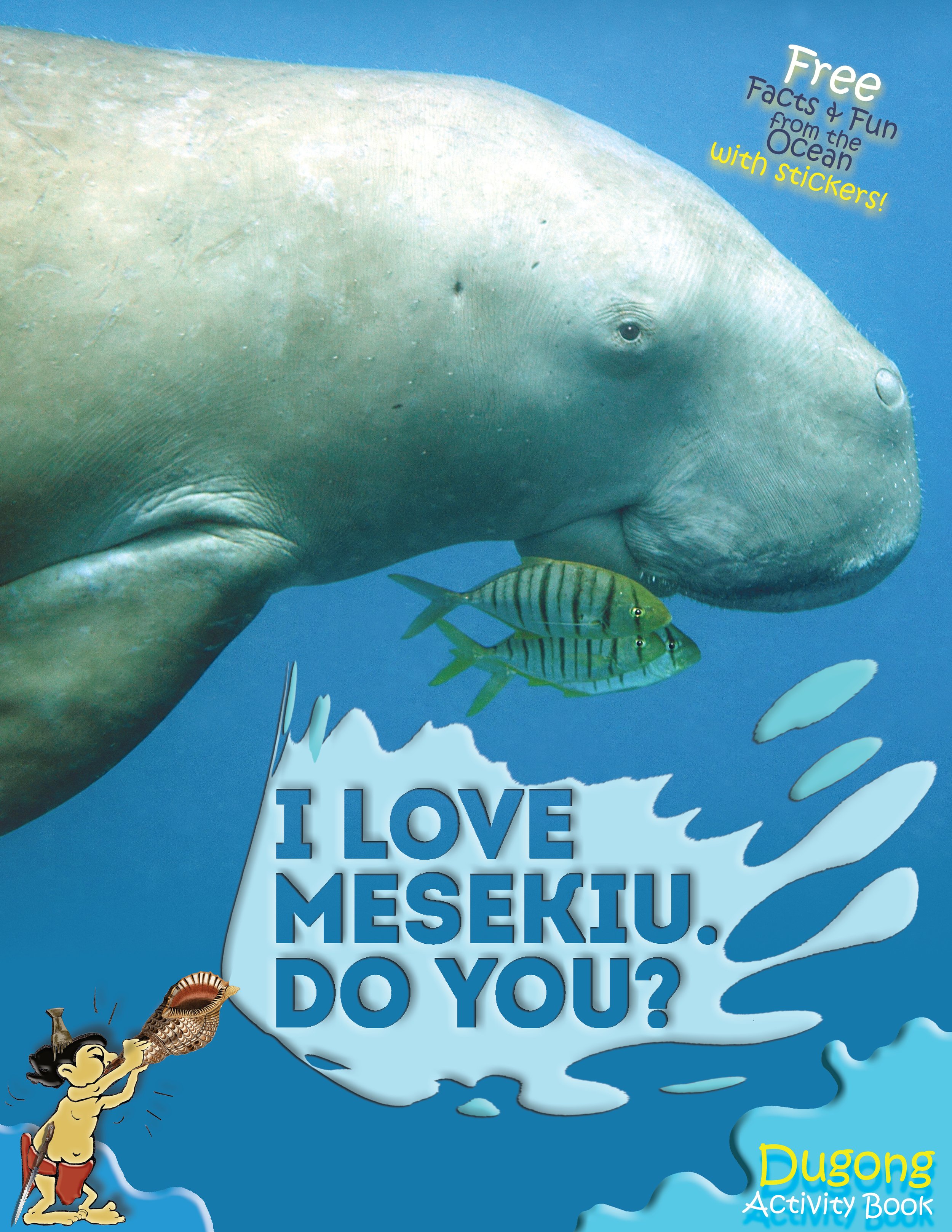
Campaign to save Palau’s dugongs!
The elusive Dugong sea cow is Palau’s most endangered marine species. The Etpison Museum has spearheaded and coordinated the “I Love Mesekiu” Dugong Awareness Campaign for Palau since 2010, with the support of foreign and local sponsors, NGOs and partners. Palau is host to the only Dugong population in Micronesia. One of the most threatened populations in the world, the few hundred animals in Palauan waters are still hunted and eaten. In spite of being protected by law, and the fact that Palau was declared a Marine Mammal Sanctuary in 2010, an estimated 5-15 animals are still poached each year, and there is a real possibility of local extinction.
Campaign activities included: regular press releases on local TV and newspapers, helicopter surveys which resulted in identification of Dugong movements, resting, feeding and mating sites around Koror, publication and distribution of free educational materials for local schools, hotels and government agencies (including booklets, stickers, posters, office folders, baller bands), coordination and a workshop held with local enforcement agencies on recovery protocol and necropsies of dead Dugongs found. A 12 feet tall wood carving of a Dugong with two calves was carved for the Campaign and displayed at the Capitol building in Melekeok for 2 years. It can now be seen in the lobby of the Palau Pacific Resort. Aerial and underwater photos taken during the Palau campaign are now used by SPREP, UNEP/CMS and other agencies and NGOs worldwide for dugong conservation purposes.
Important milestones since the start of the Campaign:
October 2010 - Abu Dhabi. Palau signed the MoU on Dugong Conservation
October 2010 - Japan. Palau declares the establishment of a Marine Mammal Sanctuary
March 2011 - Palau hosts the regional 2011 “Pacific Year of the Dugong” campaign launch with SPREP and UNEP/CMS.
August 2011 - The Palau Dugong conservation efforts are featured on CNN International-Eco Solutions worldwide.
October 2011 - Palau presents a life-sized Dugong carving to Taiwan for their centennial celebrations. It is now displayed at the Presidential Palace in Taipei.
August 2012 - Two local Dugong poachers are convicted and fined by the Palau court
January 2013 - The “RPPL 8-57 Dugong Protection Act” is signed into law, with increased penalties for injuring or killing Dugongs
2013 - Prince Albert and Princess Charlene from Monaco gave out the first activity booklets to local school kids during their visit to Palau
2014-2015 - Several dugong hunters were arrested and charged/fined for illegal poaching
2018 - The Etpison Museum will be working with CRRF under a new grant to continue the Dugong Awareness project for 2018. Drones will be used for the first time in Palau for habitat and behavior surveys and footage, virtual reality headsets and new current educational materials will be published and used to teach students at local schools about Palau's most endangered marine mammal.
2012-2013 Project Sponsors
Local Awareness Partners
Download
Dugong Carving
Photo: Minister of State Victor Yano, French Ambassador Borja de Mozota, and campaign coordinator Mandy Etpison in 2010.
Wood carved dugong statues with the traditional Palauan storyboard legends have been produced by the Etpison Museum since 2010. The Palau government has commissioned several half and life-sized carvings as official gifts from Palau, and one was presented to Taiwan for their 100 anniversary celebration. The largest to date is located in the entrance lobby of the Minister of State office building in Melekeok (below). Palau President Johnson Toribiong named the mother dugong Tarkid (one of us) and the calves Mesekemam (look after us).
Dugong Activity Booklet
In 2013, kids activity booklets were distributed for free to all 5th and 6th school grades on Palau. The 45 page booklets include quizzes, mazes, stickers, coloring pages and lots of educational information about dugongs and manta rays in Palau.







